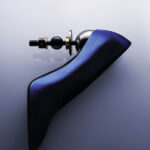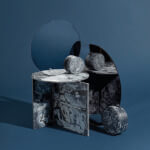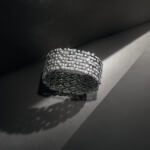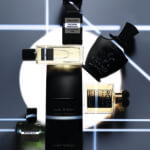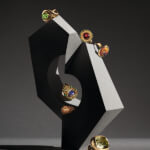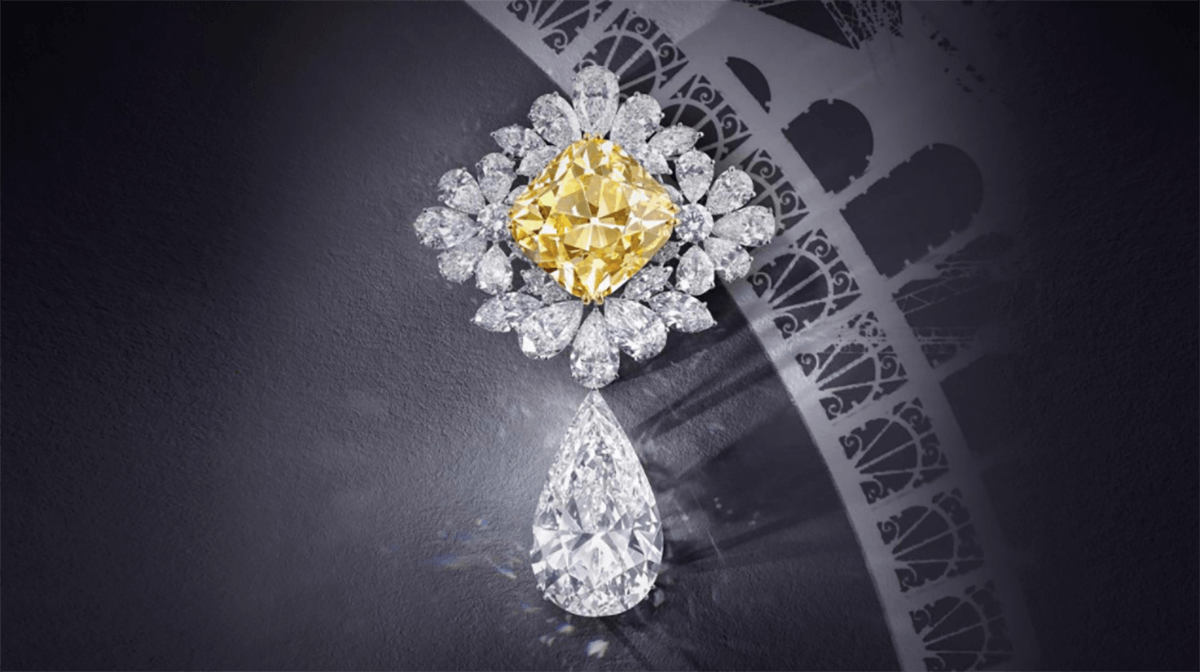
Feature
There is something about the creak of a sumptuous leather jewellery box opening that can truly silence a woman. And so it was at a recent viewing at Graff Diamonds when I came face-to-face with a brooch called the “Royal Star of Paris” (top). The piece contains a thrilling 107-carat yellow diamond, called the Graff Sunflower, and a 100-carat brilliant white diamond, called the Graff Perfection. The gems were so magnificent that mute appreciation was my only response.
Rare stones such as these, which are important because of their size, colour and clarity, are often named after their founder or owner so that they can be tracked throughout history. “Every stone has a distinct personality,” says Laurence Graff, the chairman of Graff Diamonds, a London-based jeweller that specialises in big stones. “It is our duty to uncover the secrets hidden within its infinite depths, and this is a responsibility we take very seriously.” It takes teams of gemmologists, stone cutters and designers to guide a big stone on its journey from “rough” to leather box. Specialised computer-software is used to map out the inner flaws of each rough stone, followed by extensive planning, cutting and finally polishing. The process can take Graff’s in-house team months, and each gem is reassessed at every stage as the personality of the stone is revealed.
Many famous rocks are bought and sold with a known provenance. But some older stones, like the Wittelsbach-Graff (pictured), a 31.06-carat deep blue diamond acquired by Graff in 2008, have a mysterious past. Thought to have originated from the Kollur mine in India, the diamond first appeared in 1644, when Philip IV of Spain gave it to his daughter in honour of her marriage to Emperor Leopold I of Austria. By 1722, it had found its way to the ruling family of Bavaria (the Wittelsbachs) and they kept it in the royal collection for two centuries—mounting it within the Insignia of the Order of the Golden Fleece and then in the royal crown.
Following the first world war Bavaria became a republic, and in 1931 the crown jewels were auctioned at Christies. But before the auction, the stone was replaced with a worthless fake. The real diamond disappeared until 1958, when it was displayed at the Brussels World Fair, labelled simply as “a blue diamond”. It wasn’t identified as the Wittelsbach until 1962. It then remained with private collectors until Graff bought it at auction six years ago for £16.4m, a world record price per carat at the time.
These stones are more than just ornamental baubles; they carry the passion and drama of history. Over the centuries they have tied dynasties together and altered the fortunes of royal families. In a controversial decision, Laurence Graff decided to re-cut the Wittelsbach-Graff in order to remove chips and increase its brilliance. He faced heavy criticism from diamond cutters such as Gabriel Tolkowsky, who called it “the end of culture” and accused him of tampering with history. But the GIA (Gemological Institute of America) then gave it a higher clarity grade and declared it to be “internally flawless”. Another part of its incredible journey.
The adventures of the Graff Sunflower and the Graff Perfection, though, are only just beginning. And you can see their debut in the “Royal Star of Paris” at the Biennale des Antiquaires until September 21st.
Jewellery Image courtesy of Graff
Written by Melanie Grant for Intelligent Life Magazine at The Economist in 2014

